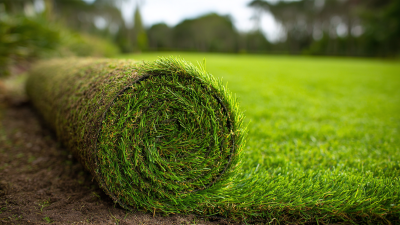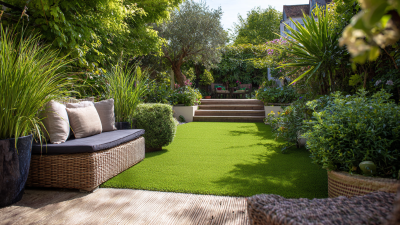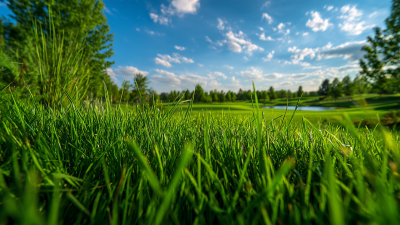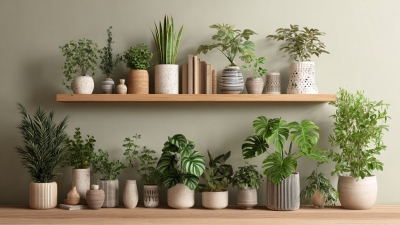Choosing the perfect Artificial Turf Grass for your home can significantly enhance your outdoor living space while also providing a sustainable solution for land use. According to a report by the Synthetic Turf Council, the market for artificial turf is projected to grow at a compound annual growth rate of 7.2% from 2021 to 2026, indicating a rising preference among homeowners for low-maintenance and environmentally friendly landscaping options.
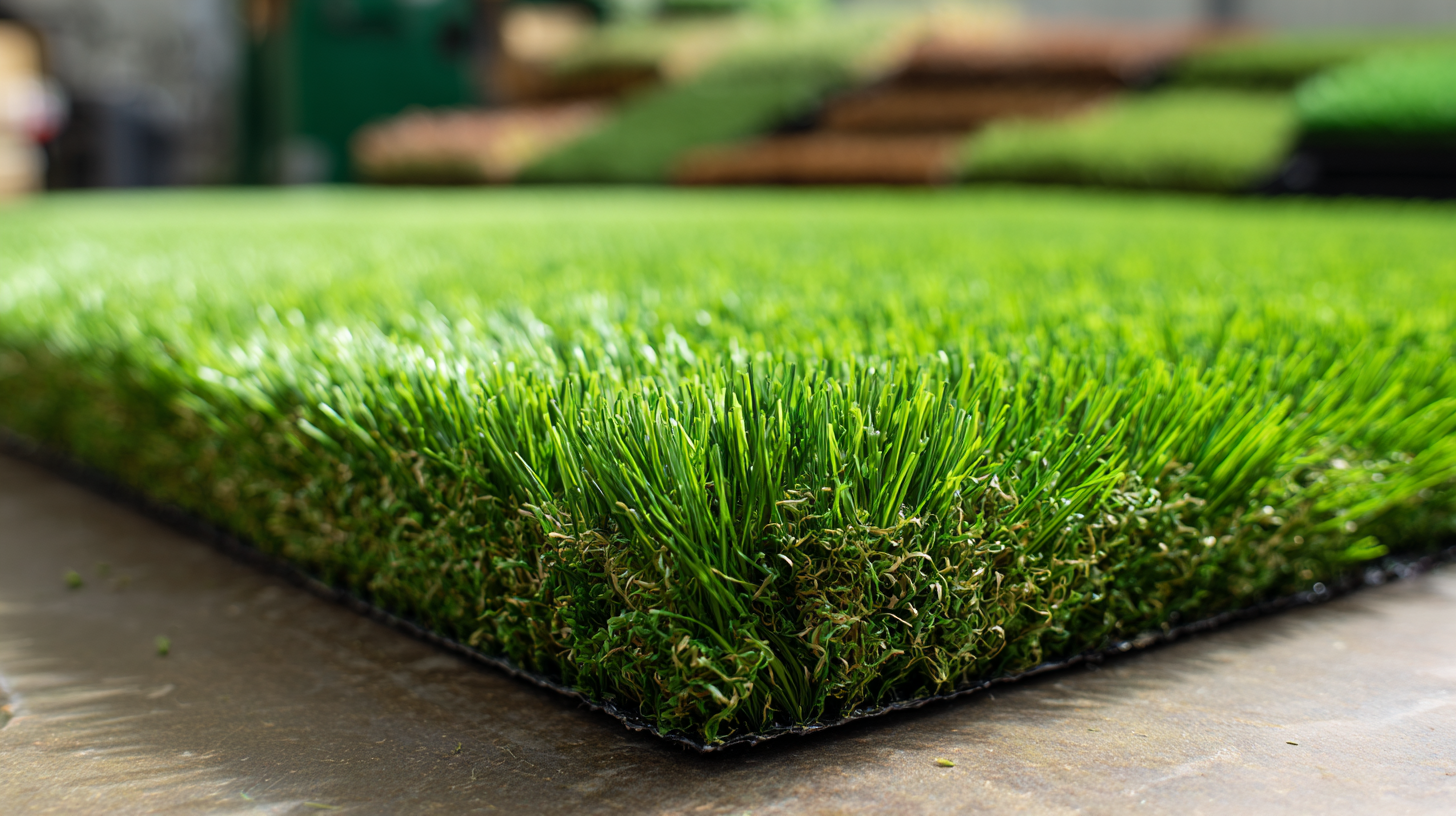
With advancements in technology, today's Artificial Turf Grass mimics the look and feel of natural grass more closely than ever, offering durability and performance that stands up to heavy foot traffic and varying weather conditions. Understanding the specific needs of your lawn, such as climate, usage patterns, and aesthetic preferences, is crucial in selecting the right type of artificial grass that will not only complement your home but also provide long-lasting beauty and functionality.
When selecting artificial turf for your home, there are several critical factors to consider to ensure you make the best choice for your needs. First and foremost, the material composition of the turf plays a significant role in its durability and appearance. Most high-quality artificial grass is made from polyethylene or polypropylene fibers, which mimic the appearance of natural grass while offering resilience. According to a report by the Synthetic Turf Council, the lifespan of artificial turf can range from 8 to 15 years, depending on the quality of the materials used and the level of foot traffic.
Another important factor is the infill used in the turf system. Infill materials, such as crumb rubber or organic options like coconut fibers, affect not only the turf's cushioning and drainage capabilities but also its overall safety for children and pets. The American Society for Testing and Materials (ASTM) has set guidelines regarding infill materials to ensure they meet safety standards. Additionally, the turf’s pile height and density can significantly influence the look and feel of the artificial grass—taller, denser grass often provides a more luxurious appearance, but may require a higher initial investment. By considering these factors and conducting thorough research, homeowners can select artificial turf that perfectly suits their lifestyle and aesthetic preferences.
| Factors | Description | Importance |
|---|---|---|
| Material Quality | Evaluate the type of fibers used in the turf. | High |
| Pile Height | Consider the length of the grass blades. | Medium |
| Color | Choose a natural-looking color that fits your landscape. | High |
| Durability | Check the longevity of the turf under wear and weather conditions. | High |
| Infill Material | Understand different types of infill used for cushioning. | Medium |
| Drainage | Assess how well the turf drains water. | High |
| Maintenance | Evaluate the upkeep required for the turf. | Medium |
| Warranty | Look for warranties that cover damage or defects. | High |
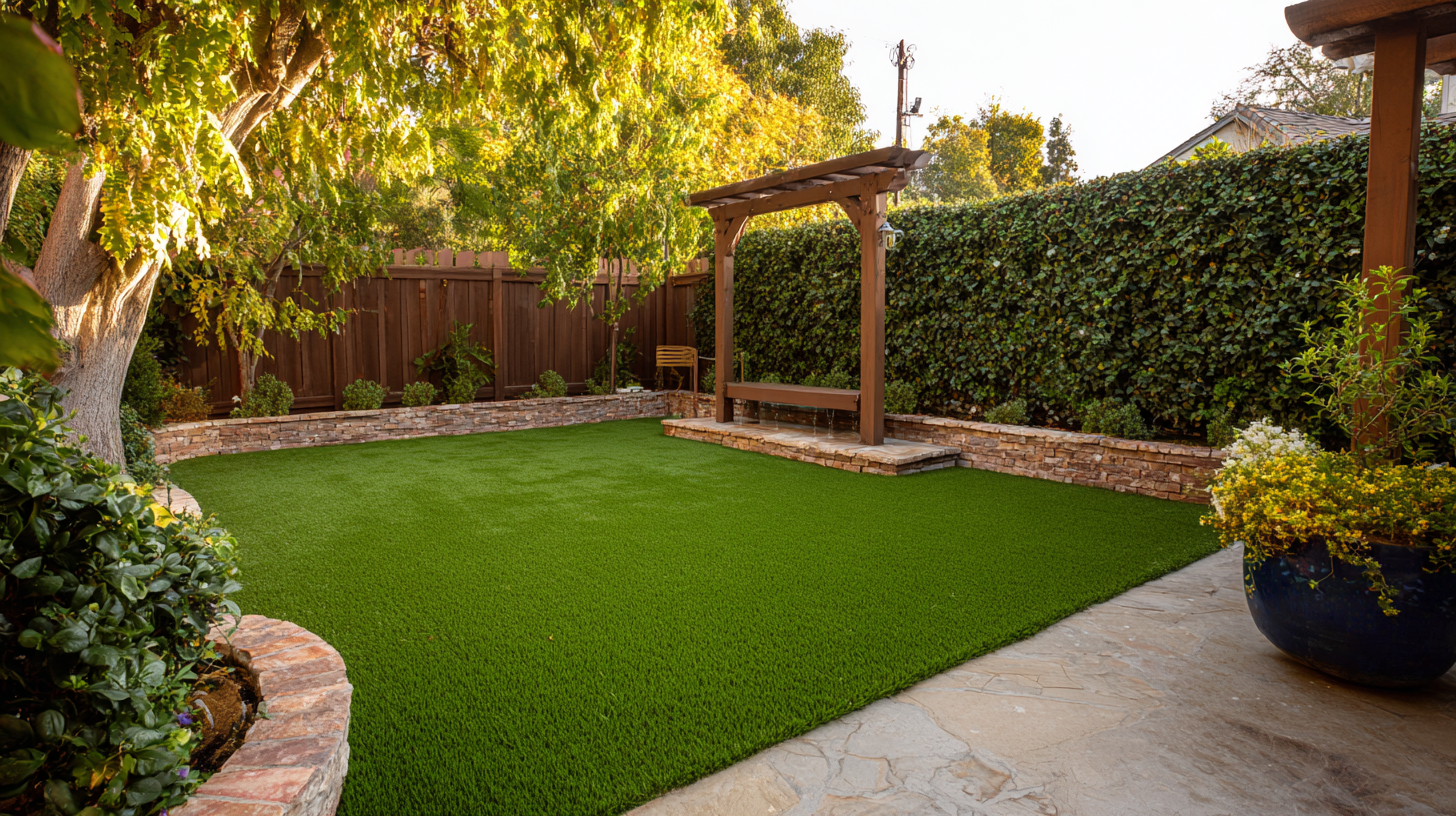 When evaluating the different types of artificial grass available, it’s essential to consider the specific needs of your home environment. First and foremost, the pile height of the grass plays a crucial role in aesthetics and functionality. Shorter turf is often easier to maintain and better suited for high-traffic areas, while longer blades can provide a more lush appearance, ideal for decorative spaces. Additionally, the density of the fibers impacts durability and resilience, making it vital to choose a product that can withstand your household usage.
When evaluating the different types of artificial grass available, it’s essential to consider the specific needs of your home environment. First and foremost, the pile height of the grass plays a crucial role in aesthetics and functionality. Shorter turf is often easier to maintain and better suited for high-traffic areas, while longer blades can provide a more lush appearance, ideal for decorative spaces. Additionally, the density of the fibers impacts durability and resilience, making it vital to choose a product that can withstand your household usage.
Another significant factor is the material of the artificial grass. Polyethylene is commonly preferred for its soft texture and natural look, whereas polypropylene is more affordable but less durable. Additionally, understanding the infill types—like sand or rubber—can greatly influence the performance of the turf, affecting drainage and firmness. It’s also important to consider the warranty and manufacturer’s reputation, as these can be indicative of the product’s quality and longevity. By carefully assessing these characteristics, you can choose the perfect artificial turf that aligns with your lifestyle and enhances your outdoor space.
When selecting artificial turf grass for your home, one of the most critical factors to consider is pile height. Pile height refers to the length of the blades of grass, and it can significantly affect both the aesthetic appeal and overall comfort of your lawn. Generally, taller pile heights can create a lush, more natural appearance, making your outdoor space feel inviting and vibrant. However, it’s essential to balance aesthetics with functionality, especially in high-traffic areas.
**Tips:** When choosing a pile height, consider how you plan to use your lawn. For families with children or pets, a lower pile height may offer more durability and ease of maintenance, while a higher pile height can enhance the look of your garden for entertaining guests. Additionally, assess how often you plan to use the space; a busy backyard may benefit from a short, dense turf that withstands wear and tear better.
Furthermore, remember that pile height impacts not only how your turf looks but also how it feels underfoot. A higher pile can feel softer and more comfortable, ideal for lounging or playing, while shorter blades often provide a firmer surface. Always feel samples in-store to gauge comfort before making your final decision to ensure your chosen turf grass meets both your aesthetic preferences and functional needs.
When selecting artificial turf for your home, understanding the backing and drainage systems is crucial. The backing provides structural integrity and plays a significant role in the longevity of the turf. Various materials are used in manufacturing turf backing, with polyurethane and latex being the most common. A high-quality backing not only enhances durability but also reduces the risk of tearing and wear over time. Additionally, a well-constructed backing can aid in maintaining the appearance of your lawn, ensuring it remains lush and vibrant throughout its lifespan.
Equally important is the drainage system integrated into the turf. A proper drainage system ensures that water does not pool on the surface, which can lead to mold and mildew growth, creating an unsightly and unhygienic environment. Look for turf products with perforated backings that allow for efficient water runoff. This feature is particularly vital in regions with heavy rainfall or for areas with heavy foot traffic, as it helps maintain the integrity of the turf while promoting quick drying. Investing time in understanding these aspects will ensure you select the optimal artificial turf that meets your aesthetic and functional needs.
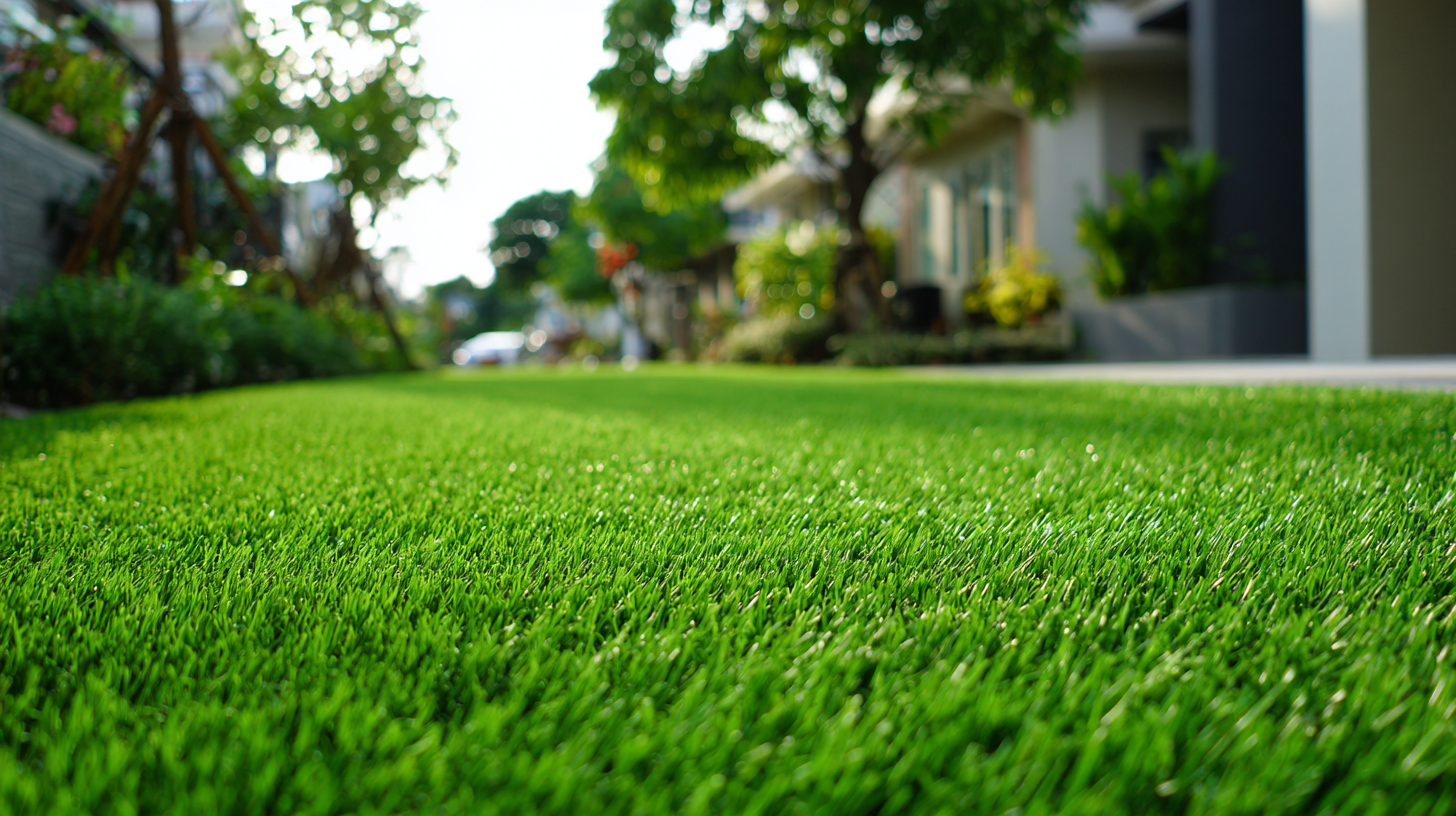 When selecting artificial turf for your home, it’s crucial to consider maintenance requirements to ensure your investment lasts. According to a report by the Synthetic Turf Council, one of the primary advantages of artificial grass is its low maintenance needs compared to natural grass. Homeowners can expect to save up to 40 hours annually that would typically be devoted to mowing, watering, and fertilizing natural lawns. This significant reduction in upkeep time allows families to enjoy their outdoor spaces more without the tedious chores associated with traditional grass.
When selecting artificial turf for your home, it’s crucial to consider maintenance requirements to ensure your investment lasts. According to a report by the Synthetic Turf Council, one of the primary advantages of artificial grass is its low maintenance needs compared to natural grass. Homeowners can expect to save up to 40 hours annually that would typically be devoted to mowing, watering, and fertilizing natural lawns. This significant reduction in upkeep time allows families to enjoy their outdoor spaces more without the tedious chores associated with traditional grass.
Moreover, the type of artificial turf chosen can greatly influence ongoing maintenance. A study from the American Society of Landscape Architects estimates that synthetic grass can reduce water usage by around 55 gallons per square foot annually. This not only contributes to lower utility bills but also promotes eco-friendly practices by conserving precious water resources. When assessing various options, it’s essential to look for high-quality materials that resist fading and wear, as these can minimize the need for repairs and replacements over time, ultimately enhancing the durability and aesthetic appeal of your outdoor area.

